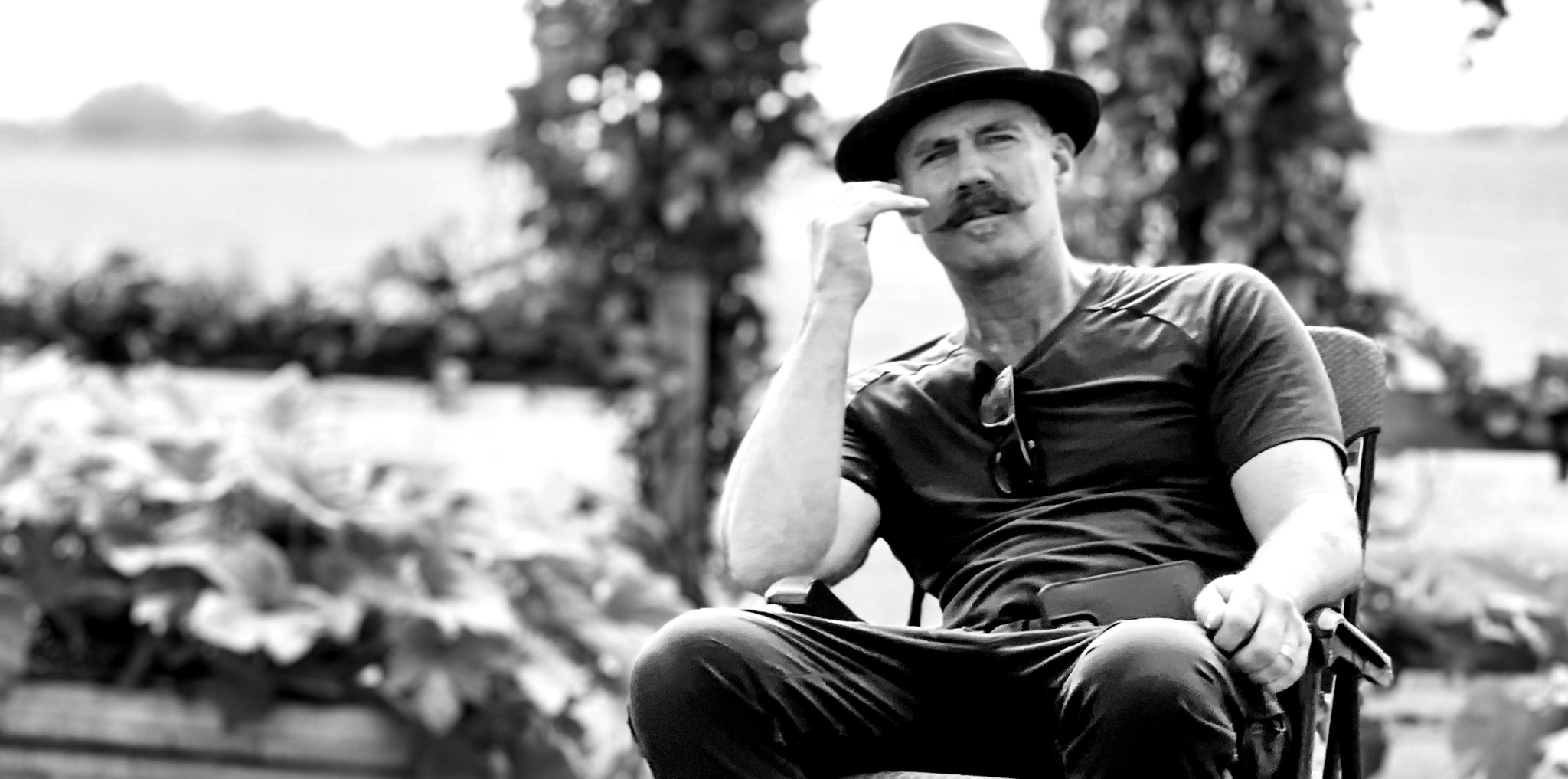We were lucky to catch up with Andrew Nowling recently and have shared our conversation below.
Andrew, thanks for joining us, excited to have you contributing your stories and insights. One of the things we most admire about small businesses is their ability to diverge from the corporate/industry standard. Is there something that you or your brand do that differs from the industry standard? We’d love to hear about it as well as any stories you might have that illustrate how or why this difference matters.
When I first got into this industry 30 years ago, we were limited to plants, trees in containers, and cut brush to be added on skeleton trees, and replaced over and over again, to create our exterior sets for film. When creating environments in studio stages, using live plants requires moving them outdoors after a few days in order to give them sunshine and water, which is time and labor intensive. That also can disrupt schedules, and limited my ability to build sets that looked close to nature the way I wanted. There are so many pros and cons in dealing with live plants on stage sets. I have seen trees go dormant during summer because of the AC for instance, which affects continuity. The double time, over time, having to work weekends and nights, makes moving live plants in and out costly and time consuming, not to mention they are very heavy, and pots always need to be disguised.
About 20 years ago, though, and here is what makes us different, I began collecting the best artificial plant products available. Each year, there are only a handful of new products worth buying. It takes years to develop the best looking material, which I always to modify color and texture-wise to look even more realistic. The products are continuously changing, and once they sell out, they don’t come back.
I have built 100% artificial sound stages and sets that require no maintenance or upkeep, and truly look real. having the option of adding beautiful, durable artificial to our sets gives us a greater palette to paint from, enabling us to create more ambitious and spectacular looks for our clients.
This, our attention to detail and ability to re-create nature sets us apart.
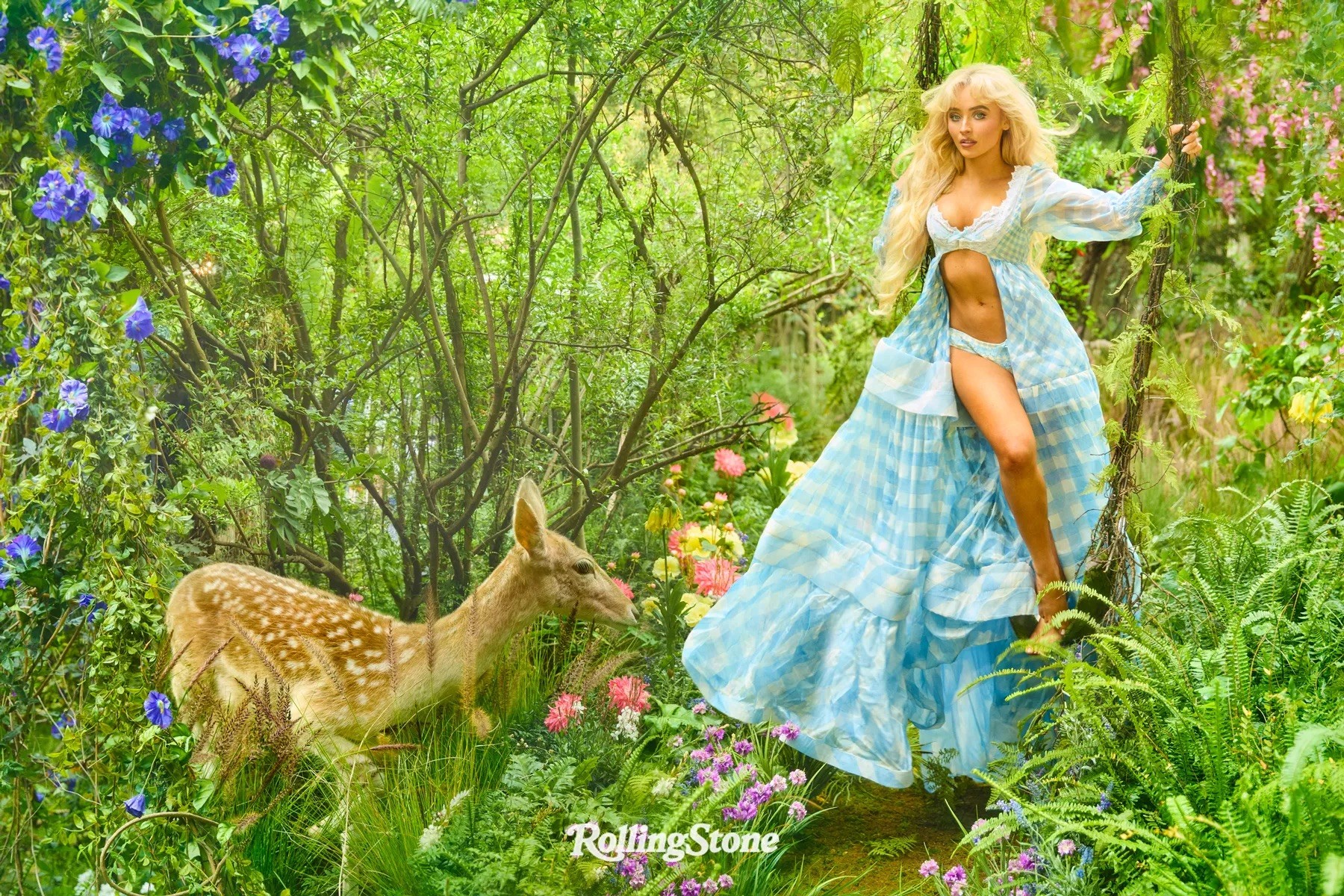
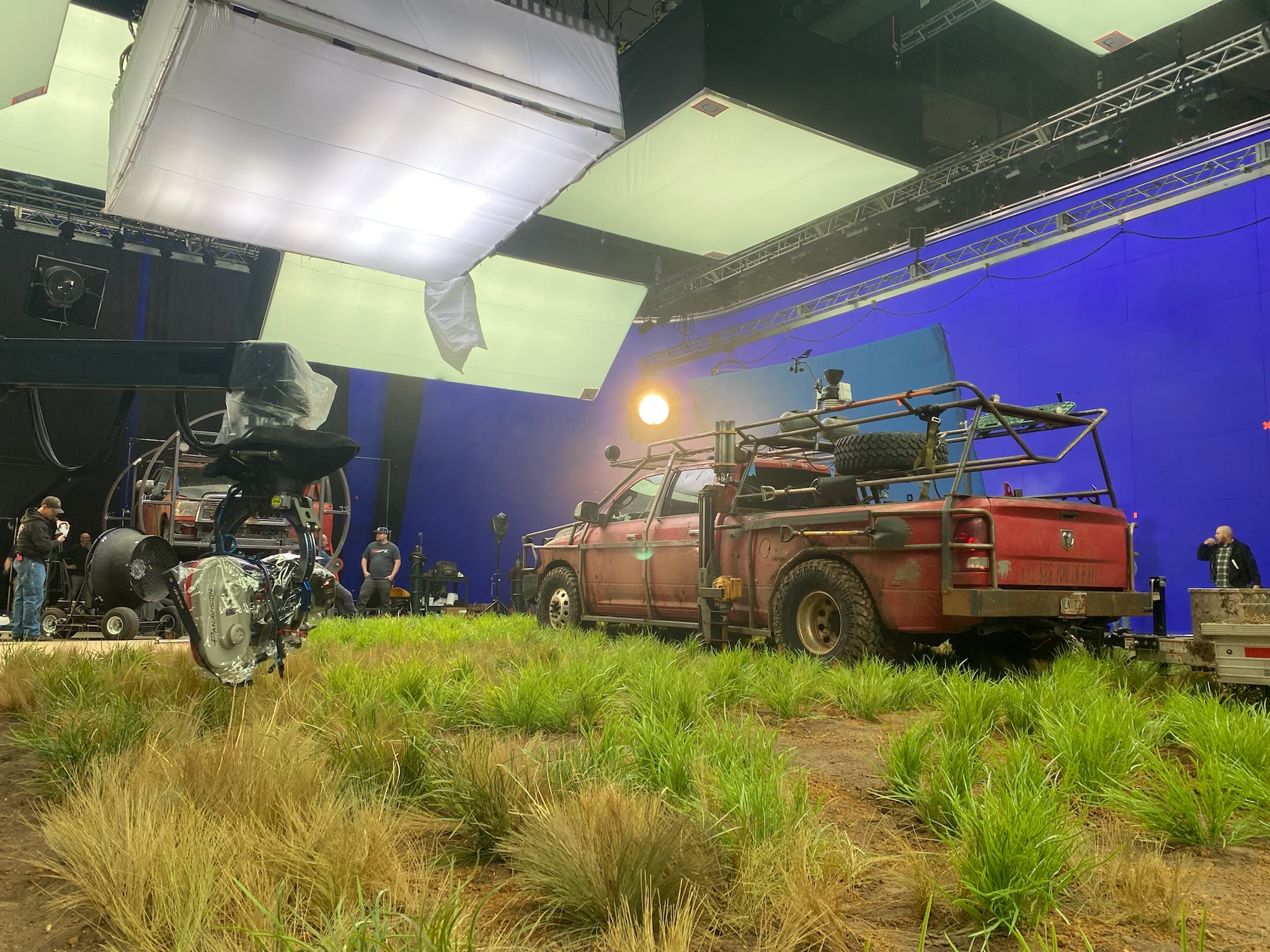
Great, appreciate you sharing that with us. Before we ask you to share more of your insights, can you take a moment to introduce yourself and how you got to where you are today to our readers.
In 1996 I got into the film industry as a security guard. On the job, I impressed a special effects coordinator named Jan Aaris who got me into the union as a laborer. On that same film, Volcano, I was selected to work for the greens department. Through hard work, I caught the attention of Daryll Huntsman and then Richard Borris, one of the best greensmen of the time, who became my mentor. I changed unions, and chose greens over special effects because I am really an artist, preferring to create rather than explode.
I create exterior sets and installations, indoor and out, for any event or designer that wants to convey a strong story or look for whatever it is; a movie, a wedding, experiential advertising, etc. Forests, deserts, jungles, period pieces, English rose gardens, apocalyptic cityscapes, are some examples of what we do. We have a specialty in building trees. Adding trees or natural life to a venue can enchant the evening.
I see the world through a lens of feeling, coupled with imagination and ability to problem solve. I can imagine and manifest what the show runners or designers dream up. As every painter or artist knows, it is the subtleties that create emotion. For example, unadulterated, freshly fallen snow in a meadow brings up a certain feeling in each of us. Add to it dirt, some dark, decomposing leaves, or a patch of yellow, and you can evoke a different feeling altogether. Creating the emotions is the unnoticed but felt work that I do. I think what I do is very much like the music or score in a film- we are not necessarily noticed, we are more felt. I have spent 30 years exercising the tools of imagination, practical problem solving, and a wide variety of skills to make the story, or the production or event, come to life.
Some of our most recent projects have been, for example; a jungle of prehistoric trees and vegetation surrounding a five story Titanosauria dinosaur, built in Rockefeller Center, NYC, to promote the new Jurassic World film for Universal Studios. We also this summer did a flowering, romantic meadow scene for a series of photos of Sabrina Carpenter, shot by David LaChapelle for Rolling stone Magazine. We did all the exterior sets for the movie Twisters, shot on location in Oklahoma City, and an upcoming Skydance/Paramount film called Yellow Belt with Chris Pratt, which involved building a jungle, a forest on fire, and residential landscapes in Los Angeles.

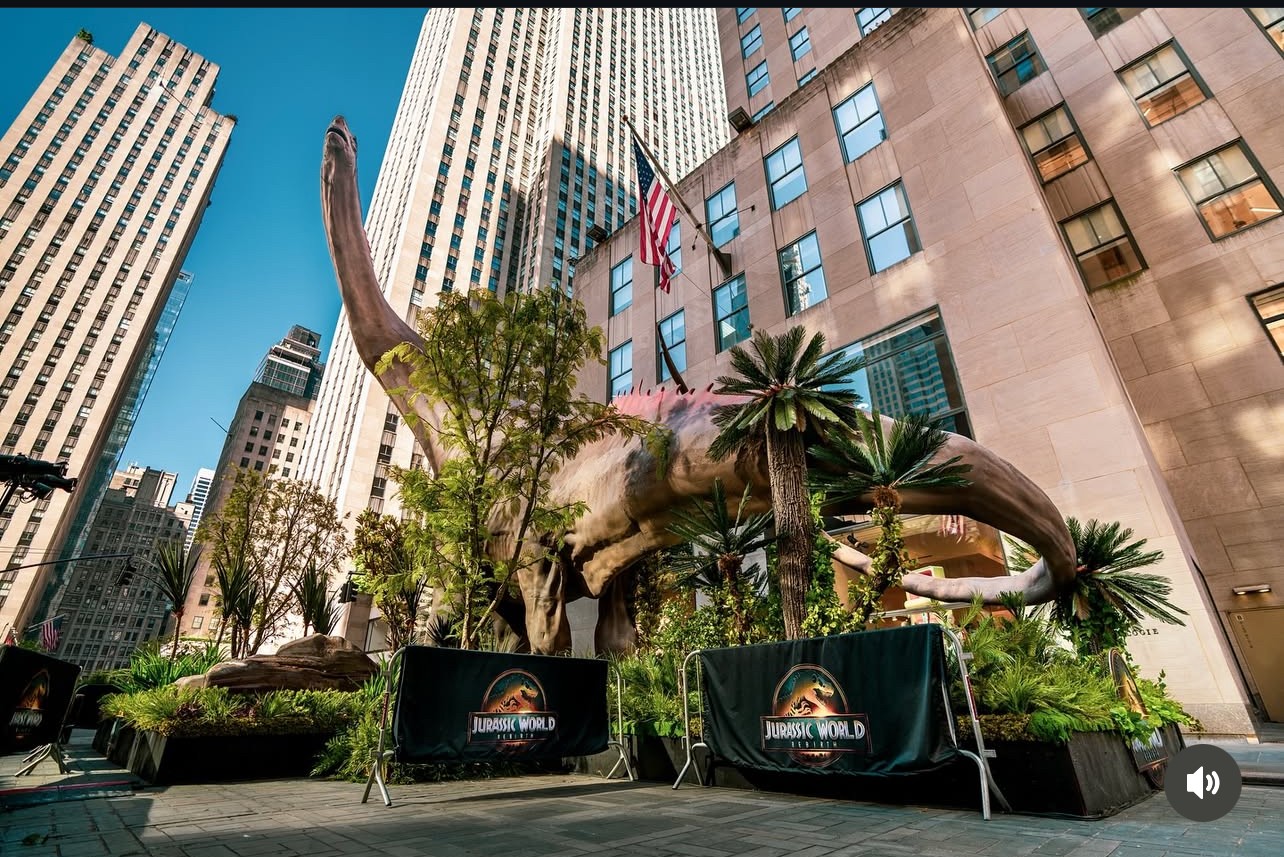
How do you keep your team’s morale high?
Each person is created with different talents, strengths and weaknesses. Recognizing that is crucial. How the crew harmonizes and learns to love one another is fostered by proper leadership. If you have a mocker or a naysayer in your group, I have learned to let them go quickly, in order to protect the morale of the whole.
Successfully accomplishing incredibly ambitious jobs with either limited time, limited resources, or other challenges requires a special forces like approach. Frequently, my crew and I are asked if we were previously Navy Seals. I think that is an aura we can give off, because of how quickly we problem solve, and how efficiently we carry out the task. When it comes to my crew, I ask myself, and I recommend anyone in leadership to do the same, who do I want in my fox hole?
Collectively as a group, and individually, it’s important to put the job first, and not yourself. By doing so, you will have the confidence to communicate what is best, even to the most prestigious, famous, successful people in your particular field. Also, it cultivates an environment for your team where the greater truth, or the best way, gets recognized.
A leader who hears a better suggestion, yet will not embrace it because it was not their own idea, should not be in a leadership role. Listen for the best way, and bow to it if you recognize it, whether it’s from you, or another. That discernment makes for a great leader.

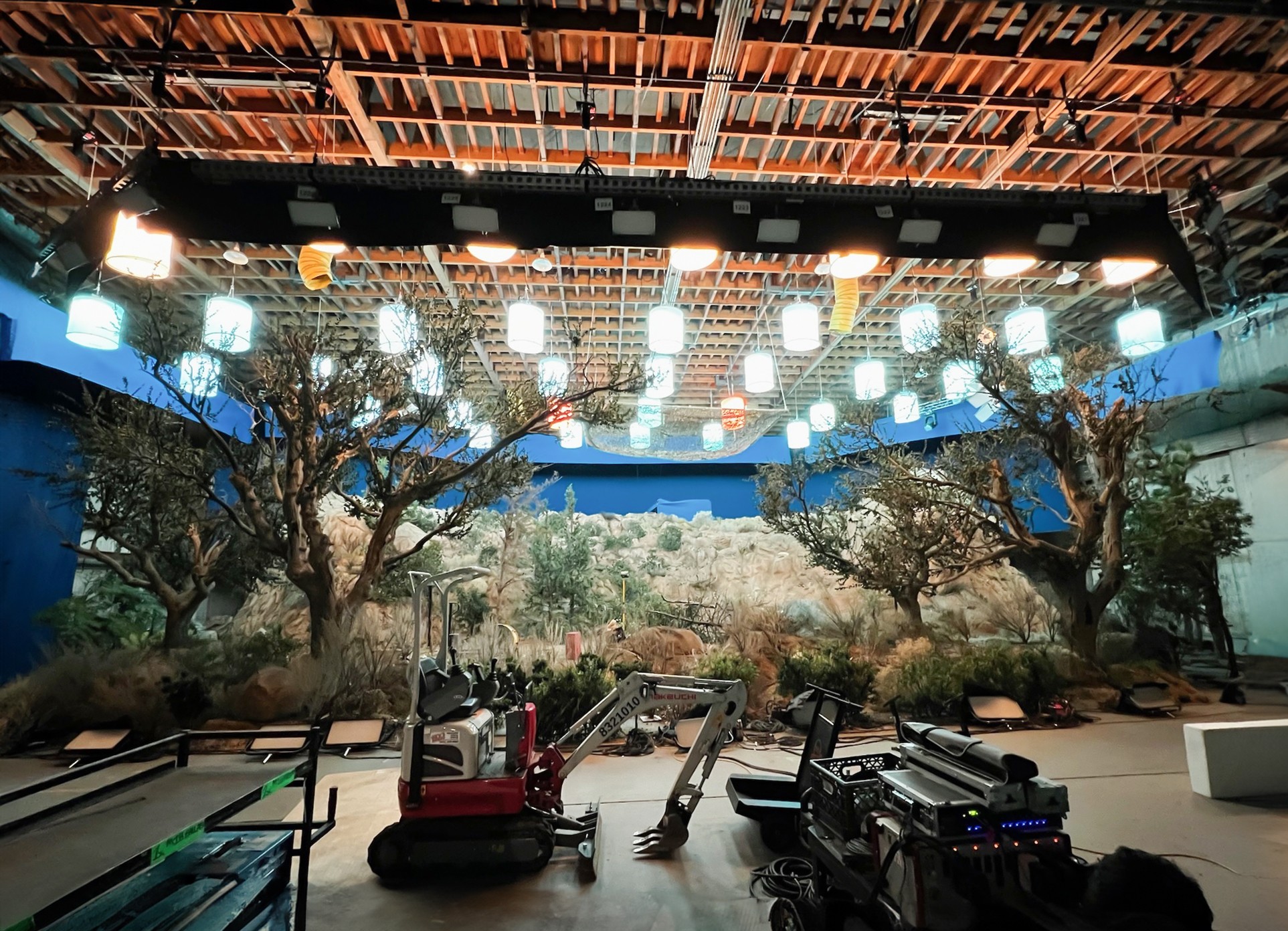
Do you think there is something that non-creatives might struggle to understand about your journey as a creative? Maybe you can shed some light?
It’s hard for people who aren’t used to visualizing to see the value someone with real creative inspiration can potentially give them, and my suggestion to people hiring creatives, is to make available the resources they need as much as possible. I have admired filmmakers who are willing to invest in the look. They value and want what is best, visually, knowing it may cost more in the beginning, but far greater is the return. It magnifies. the drama, enriches the viewer’s memory, and enhances reputations. A reputation for stunning visual quality is invaluable.
Advertising on social media is the new norm. By building highly creative experiential attractions, events or sets that the public can interact with, companies can reach a vast audience. People from all types of diverse backgrounds are excited to share and post about things that are novel or bigger than life which creates a buzz. The more enchanting, surprising, elaborate or magical a display is, the more an audience is likely to take and share video and pictures. Unique experiential advertising sets gives people something to share with their friends and viewers, and here, too, is where investing in the work of artists and creatives can really pay off.
Contact Info:
- Website: https://www.tinseltowngreenery.com
- Instagram: https://www.instagram.com/tinseltowngreenery?igsh=NTc4MTIwNjQ2YQ==
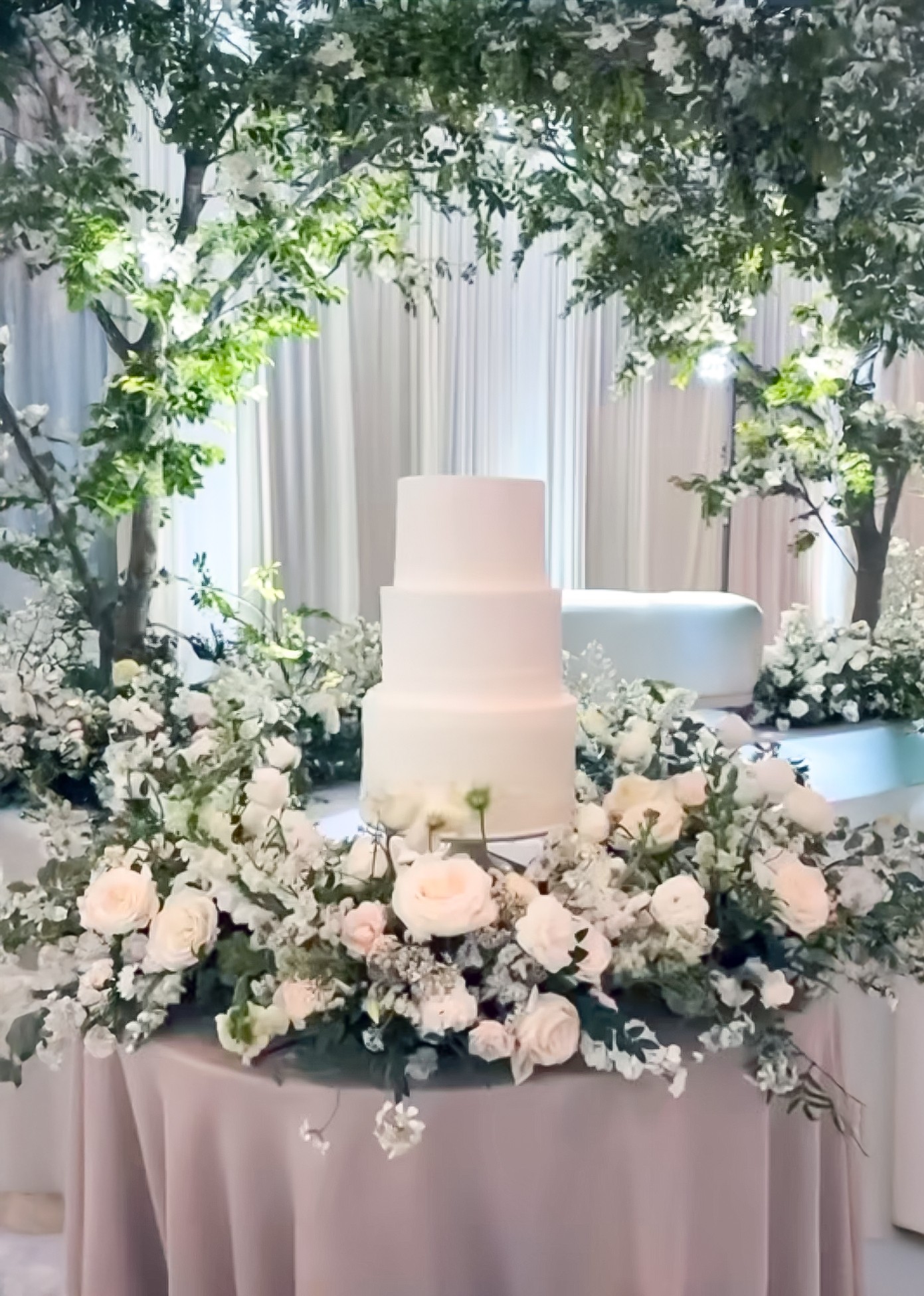
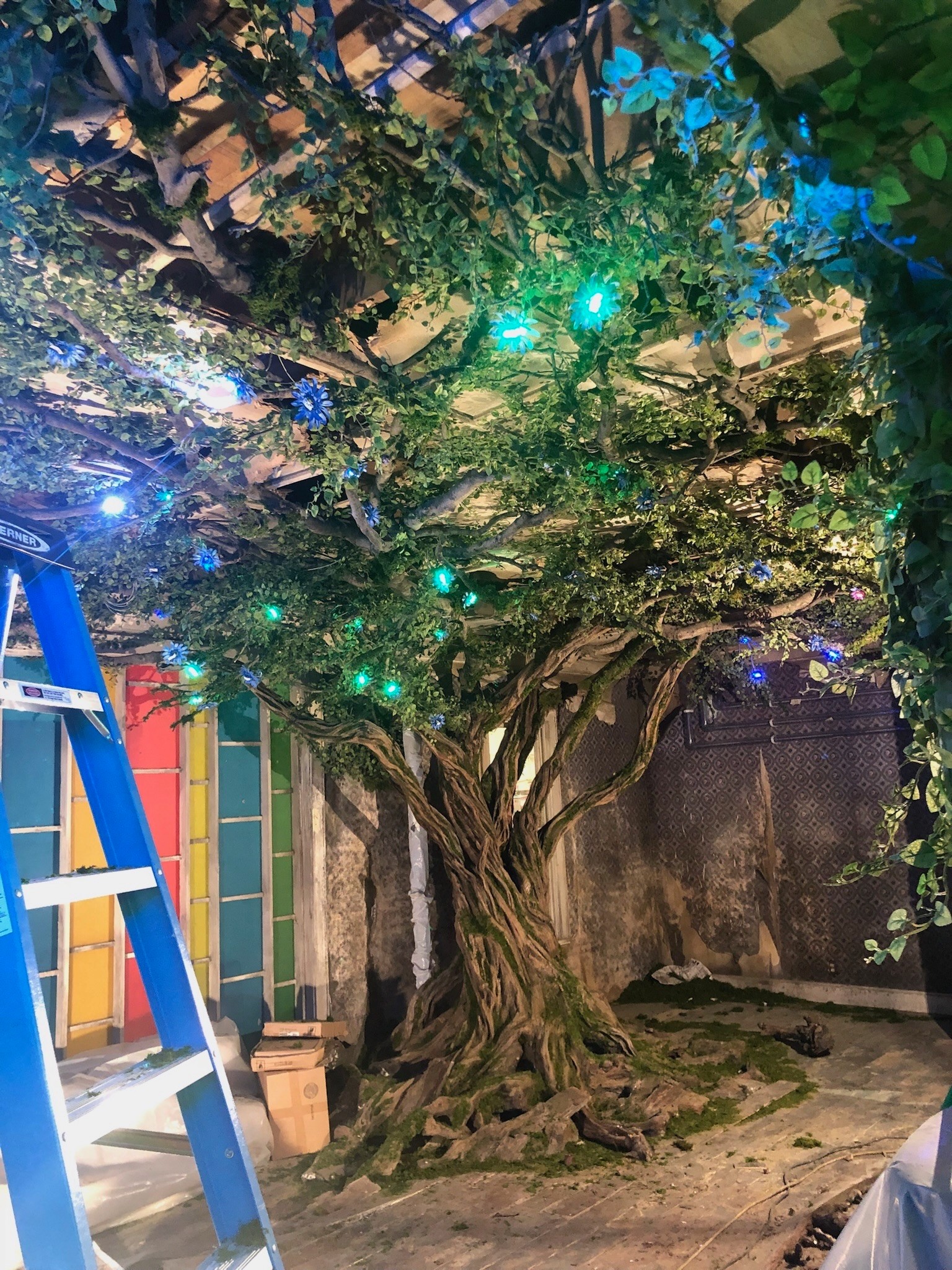
Image Credits
David LaChapelle, Twisters, David LaChapelle, Universal Jurassic World, Euphoria, HBO Idol, Westin Anaheim, Marvel Legion
photo of Andrew by Patrick Sullivan


